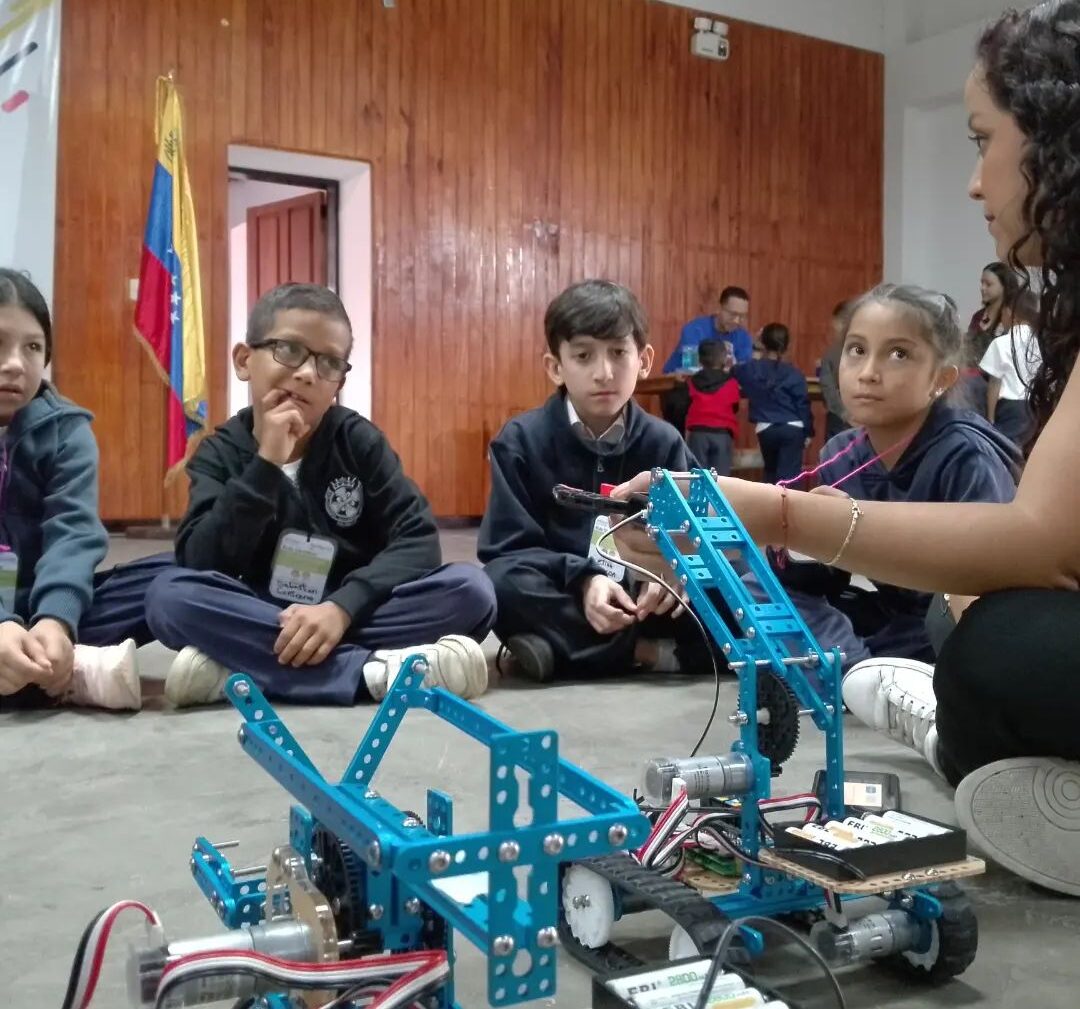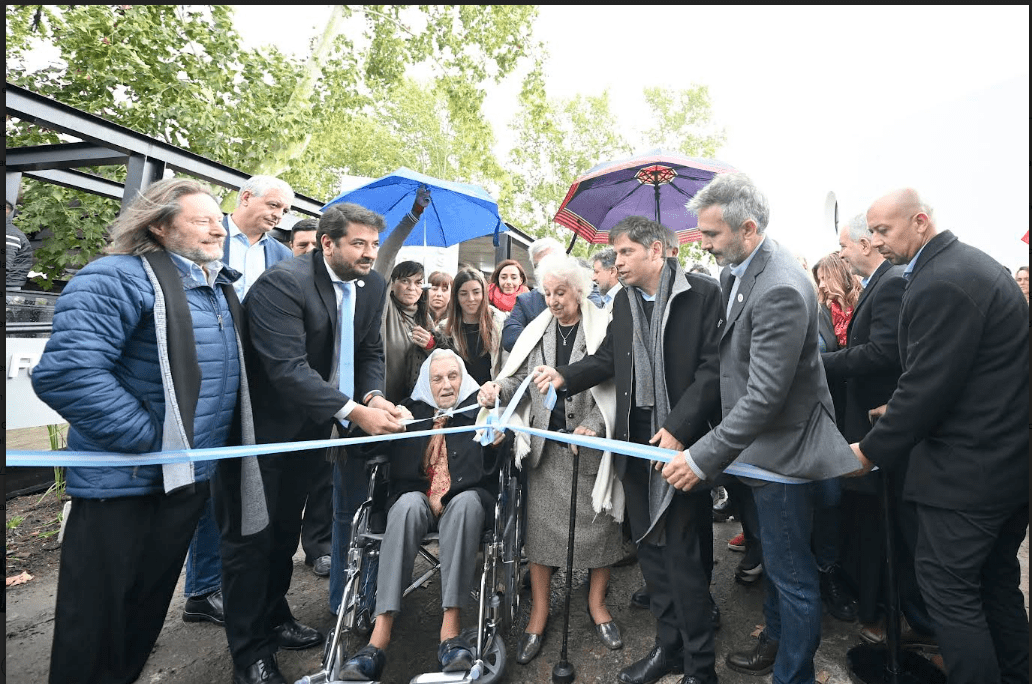In 2012, the European Particle Physics Laboratory (CERN) announced the discovery of the Higgs boson. This particle, which explains why matter has mass, confirmed predictions made in 1964 and is a key part of the Standard Model, the theory that explains the behavior of the particles that make up the world. …
Subscribe to continue reading
Read without limits
In 2012, the European Particle Physics Laboratory (CERN) announced the discovery of the Higgs boson. This particle, which explains why matter has mass, confirmed predictions made in 1964 and is a key part of the Standard Model, the theory that explains the behavior of the particles that make up the world. This discovery was possible thanks to the massive infrastructure, the Large Hadron Collider (LHC), a 27-kilometre-diameter ring built near Geneva (Switzerland) at a cost of more than 7 billion euros. Inside, protons rotate, guided by large magnets, and collide with each other, recreating situations that did not exist in nature since the first moments after the Big Bang.
This achievement attracted extraordinary interest in fundamental physics, which has since faded, but the machine continues to work in search of information with which to understand the components of the universe. Carla Marin (Barcelona, 33 years old) is one of the scientists who continues to test the limits of the standard model. A professor at the University of Barcelona, she has just received the award as a Young Researcher in Experimental Physics awarded by the Royal Spanish Society of Physics and the BBVA Foundation.
In Geneva, MARIN is collaborating on the development of the LHCb detector, one of the four large detectors in which the LHC collides protons to test the limits of physics between the decay processes that remain after the collision. “We specialize in studying b-type quarks, which are the heaviest we know of,” Marin says. “We measure very carefully how they are formed, how they bind to other quarks or how they break apart, because they are unstable particles, and we compare that behavior to what theory tells us, to see if they will break apart at some point; “We are looking for new physics indirectly,” he explains.
I ask. Can you remind us about what you do at LHC?
Answer. We accelerate the protons to a high speed, giving them a lot of energy, and when they already have the highest energy we can give them, we make them collide. Thus, the fact that there is so much energy is where these particles with the greatest mass are produced. It does not arise from nothing, rather we transform energy into matter.
s. Did these particles that appear after these collisions exist in the universe before?
R. We think so, but we don't know. It is believed that in the early universe, when it was very active, very hot and very dense, it was concentrated in a very small space. The Big Bang theory tells us that at that moment, there was a state, a soup of quarks, where all these quarks that we know, the six quarks predicted by the Standard Model, existed, rotating freely, because of the amount of energy they had. We are trying to reproduce the conditions that existed when the universe began.
s. She received a seed grant from the European Research Council to implement the project CLIMP Project. What will you be looking for?
R. We want to study the decay of a b quark, one of the most massive quarks, into a d quark, one of the lightest quarks, and two leptons. because? This is possible in the Standard Model, but rarely happens. At a rate of one every 100 million times a b quark decays, it will do so. If there's another particle, another force that we don't know yet, that the Standard Model doesn't predict, but exists in nature, it could influence these types of decays. The rarer this decay is in the Standard Model, the more sensitive it is to any effect, however small, that lies outside the model and could indicate the presence of a new particle or force interacting with the b quarks.
s. Einstein was searching for a unified theory that could explain the entire universe. Is it reasonable to continue searching for this type of theory or does reality work differently?
R. We don't really know. There are unified theories in which we try to explain forces in nature of common origin, although they are not very fashionable at the moment. The problem is how to check whether what they expect happens in nature or not. We would need much more energy than we can now produce in experiments to know its effects. There may be a point at which the forces we study behave a little differently, but from what we know now, this would almost certainly happen at very high energy, which we can't reach now.
There has sometimes been talk, in a somewhat science-fictional sense, of creating an accelerator around the Earth. You would need something that large, which is not possible with our technology. What we are doing is looking for new ways to accelerate particles, other than the ones we use now with superconducting magnets. Plasma and other technologies are being studied to achieve greater accelerations in less space, but we don't know how long it might take to develop these new technologies.
s. One particle that has been searched for, but not found, is that which makes up dark matter.
R. We have pretty clear evidence, especially on the cosmic scale, when we observe galaxies, that we need matter we don't know to explain the gravitational effects we see. We've looked in a lot of places and haven't found anything yet, so I sometimes wonder if we're looking for dark matter in the wrong places, if we have to change the problem. For example, variations of the theory of gravity have been proposed, but they don't look very promising. We look in all possible places, at very small blocks that interact a lot or very large blocks that interact very little, but we haven't seen anything anywhere, so I wonder if we're not misapplying the knowledge we have.
s. It seems that at the end of the nineteenth century and the beginning of the twentieth century there were more exciting developments, with the atomic model, quantum theory, relativity, or the big bang. Is progress slower now?
R. I think that's true, the progress now is a little slower, but I think the difference is that at the particular time you mentioned, we have overcome the technical barrier to be able to see quarks, for example. I was able to see this level of little energy-related things that you need to put into your system. Since then, we've moved forward, but we've done so in a very linear way. We are now able to create and observe the Higgs boson in our collisions, but we are talking about the end of the same energy range, not orders of magnitude different. We may have already seen everything there is to see in this range we are in and we need a leap, not just a linear progression in technology to get to the next state. Without this technology, without the ability to make that technological leap to get the new accelerators that I mentioned before, it will be very difficult for us to get to the next level.
You can follow Theme in Facebook, s And Instagramor sign up here to receive Our weekly newsletter.

/cloudfront-eu-central-1.images.arcpublishing.com/prisa/SQ22FFRWOZF4XBG7CYZLHUL3KY.jpg)



